Jigsaw puzzles. They were a common sight in my childhood home especially in the winter months. My mom liked to spend time outdoors tending to her flower beds and garden. This activity occupied time well into the evening in the late spring and summer months. However, she was unable to do either in the winter months. 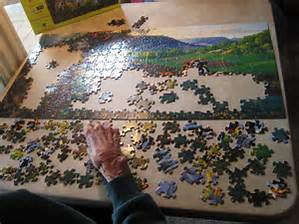
So, jigsaw puzzle building was the substitute activity November through February. A card table would take up residence in the living room, covered with the thousand individual pieces that would eventually create a beautiful whole. There is a definite strategy to going from pieces that individually don’t have a lot of meaning to connecting them so that together there is not only meaning but strength of purpose. Jigsaw puzzle building got me to thinking about dealing with change. This week, I want to explore the parallels between the two.
The Puzzle Warehouse website offers the following puzzle building tips:
Flip all pieces upwards; have all pieces facing the same way. 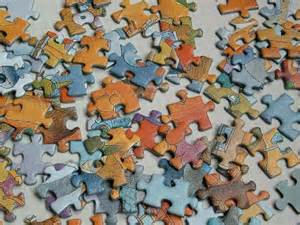
Find all the edge pieces.
Sort by color.
Keep special, distinguishing pieces separate and build on them when you can.
Pay close attention to shape.
Work in small sections at a time.
Don’t give up.
Once finished, congratulate yourself.
Let’s take a closer look at how each of these tips can help us deal with change.
Flip all pieces upwards; have all pieces facing the same way. When a major or seismic change enters your life, take time to sort through what is now different, what the future may hold and what is still intact. Knowing what all the ‘pieces’ are helps you get a picture of what the whole may be.
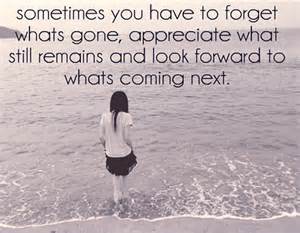
Find all the edge pieces. The edge pieces provide the frame for the puzzle. Having that framework helps work inward to complete the picture. When change happens, identify the stable pieces in your life. What is the same? What family and friends are still in the picture? Surrounding yourself with the familiar will give you a measure of comfort within and once you have found peace and reconnected with your values, it will be easier to then deal with all the remaining pieces of the change; it will be easier to pick them up and move on.
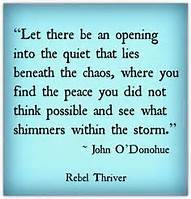
Sort by color. This step helps bring organization to chaos. Looking at 1000+ connected pieces can be overwhelming. In puzzle building, matching colors helps narrow all that we have to work with into manageable sections. Within the colors, sections of the puzzle become recognizable. Sometimes with change, parts of life may become unrecognizable and chaotic. Taking a step back and looking for what we can group together (the similarities in life after the change to those before the change, the differences, the challenges, the opportunities) will help deal with the feeling of being overwhelmed, bring some familiarity to the picture, and help organize feelings, thoughts, and actions.

Keep special, distinguishing pieces separate and build on them when you can. With puzzle pieces, some have distinctive or special shapes. Some have text on them. Some may have a color in only spot. A close examination of the pieces may help discern subtle differences which can be useful in eventually fitting them into the whole. The same close examination can help us deal with change. When change rocks our world, we often react and respond to the ‘whole’ of the change. But, if we take a step back, take a deep breath, and take the time to really assess what changed and how it will affect us, we might find some distinguishing aspects to the change that aren’t really all that unnerving. Perhaps the change only brought about subtle or minor differences but we were so overwhelmed and reactive that we were unable to see some of the specialness or sameness with the change.
Pay close attention to shape. Puzzle pieces come in varying shapes. Some have knobs. Some have holes. There are times when it is obvious which pieces just won’t fit together and there are times when something looks like it will fit, but it doesn’t. The more we gain familiarity with the shapes and what the whole picture should/might look like, we are better able to recognize what fits and what doesn’t. It is the same when dealing with change. And, sometimes, we just have to let go of one piece so the right one, when it comes along, will fit.
Work in small sections at a time. Using color, shape, and distinguishing features of the puzzle pieces helps us work on small sections of the puzzle at a time. Connecting the pieces in a defined section brings a sense of accomplishment and keeps us motivated. The same approach works with change. To avoid feeling overwhelmed, take things in small steps; don’t try to tackle too much at once; be realistic in expectations. Will you finish a 1000+ piece puzzle in a day? Probably not. So, why think we can get everything squared away with change in a day? Working on ‘small sections’ of change at a time and having success with those will help diminish feelings of being overwhelmed. Then our mind will tell us that we were able to deal with that successfully so we will be able to deal with whatever else is coming next successfully. If we follow doing something easy with something we feel is more difficult, the energy and “high” from our first success will help us deal with the more difficult task. Following something more taxing and difficult with something easier helps boost our confidence and get us into a good rhythm that will continue to carry us through all the tasks or issues the situation is presenting us.
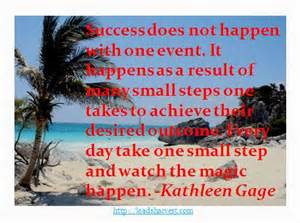
Don’t give up. When puzzle building gets challenging, sometimes it helps to take a break. We often return from a break with renewed energy and fresh eyes that help us persist in our efforts. Wonderful advice for dealing with change. Giving in or giving up are not options when dealing with change. We need to be able to continually move forward despite the difficulties created by the change. Persistence helps us become resolute in doing this; it gives us the resolve to go on; it provides the drive. And, being patient with ourselves and the process will help in not giving up.
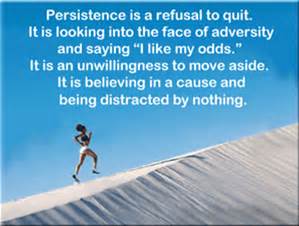
Once finished, congratulate yourself. Putting the final piece into a 1000+ puzzle is quite an accomplishment and it is sound advice to let yourself know that you did it. You accomplished a challenging feat! We need to do the same when we are dealing with change. We need to recognize our tenacity, our persistence, our resolve, and our ability to deal with the challenges. Acknowledging successes, small and large, in our efforts to deal with change is an important step to keep us going, to keep us moving forward.

When dealing with change, we go through three stages: the ending (or letting go), the wilderness (or neutral zone), and the new beginning. The steps in puzzle building are like being in the wilderness stage. With change, the wilderness is where the old and new overlap. There is excitement about the possibilities as well as a feeling of being overwhelmed by the possibilities. Just as in puzzle building, we use trial and error in deciding what to do, in which direction to go. There will be successes; there will be failures. There will be moments of insight; of creativity in how to deal with a challenging section. Time in the wilderness helps refine what we want, need, or what action to take. From all the pieces, we come out with a new whole.

Dealing with change is a process and working through it will help us understand how all the pieces create the whole, but recognize that not all the pieces may fit into the new whole in the same way as before. As when building a puzzle, there are many factors that determine if a piece will fit into a given space. We can’t force something into a given space. It is the same with life and change. Sometimes we just have to let go of one “piece” so the right one, when it comes along, will fit.

